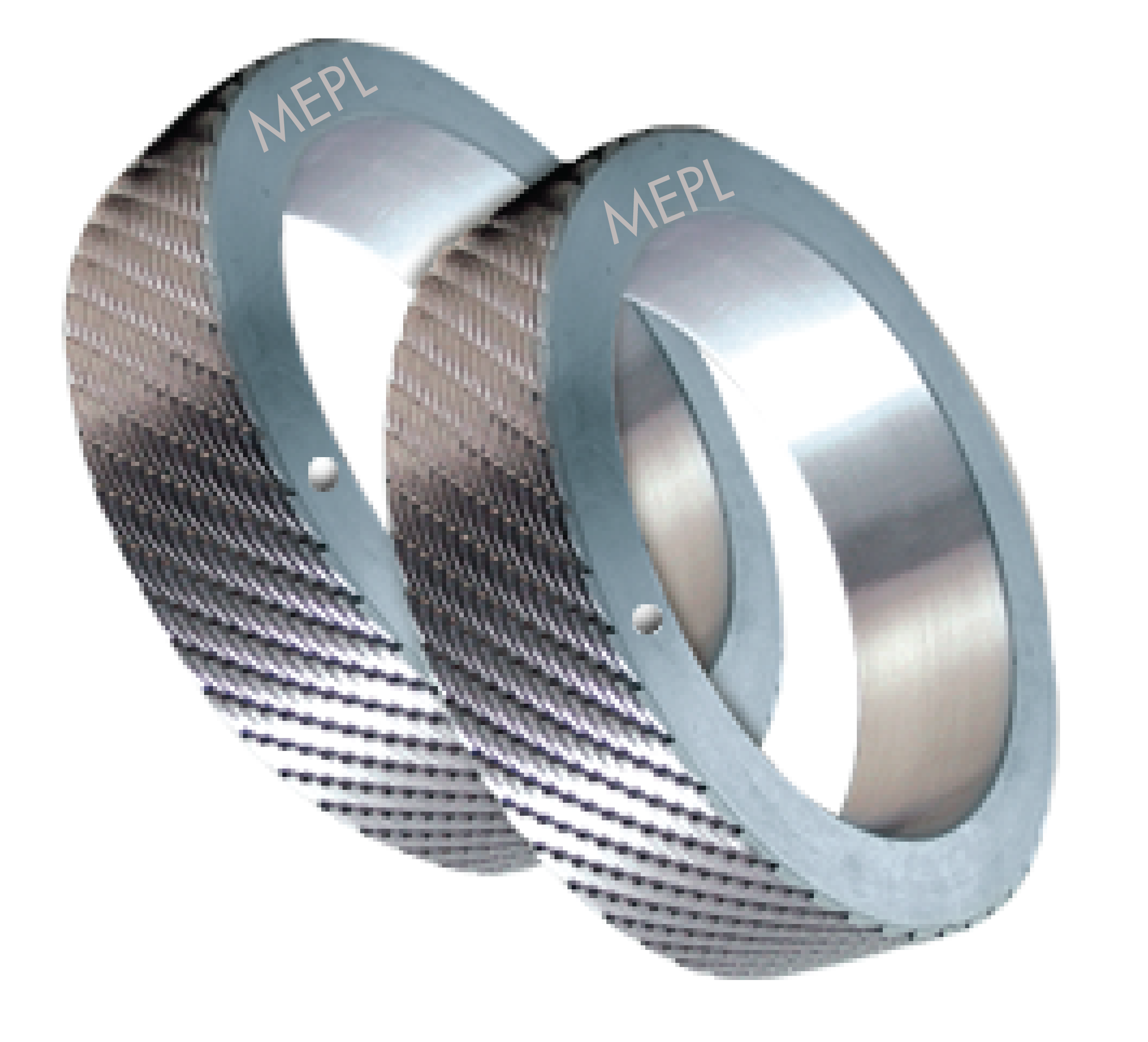Largest Manufacturer of CTC Machinery in India

CTC MACHINERY
Largest Manufacturer of CTC Machinery in India
- Softer than others, as manufacturer by actual forging process.
- Uniform Hardness, No hard spots.
- 100% Austenitic metallurgical structure.
- CTC segment is a blend of latest technology.
- Ultrasonically tested for any remote internal flow.
- High Quality, non-magnetic having uniform fine grain.
- Manufacturer from selected prime Stainless Steel Bars which are tested to be of stringent standard.
Dimension of CTC Machinery:
| O.D | Inch+01” | 8.25” | 8.5” | 9.5” | 9.5” | 13” | 17.25” | 17.50” |
| mm+0.25” | 209.5 | 215.9 | 241.3 | 241.3 | 330.20 | 438.15 | 444.5 | |
| Thickness | Inch+001” | 2” | 2” | 2” | 2” | 2” | 2” | 2” |
| mm+0.025” | 50.8 | 50.8 | 50.8 | 50.8 | 50.8 | 50.8 | 50.8 | |
| I.D | Inch+001” | 6.375” | 6.375” | 6.375” | 7.375” | 10.630” | 14.840” | 14.840” |
| mm+0.025” | 161.925 | 161.925 | 161.925 | 187.325 | 270.000 | 377.000 | 377.000 |
PERFORMANCE CHARACTERISTICS:
AISI 304 – It is a ductile segment of Austenitic Stainless Steel that has very low manganese content. These are primarily alloys that contain Chromium and Nickel at high percentage, contains 19-20% Chromium and 8-10% nickel. Its low percentage of Manganese and high percentage of Nickel makes milling and grooving much easier resulting less consumption of cutters and chasers. This is internationally accepted for Food Grade Quality as a CTC Segment.
AISI 301 – Slightly harder than the AISI 304, AISI 301 is as good for milling and grooving as well as annealing and normaling.
AISI 201 – A much more economical segment in comparison to the AISI 304 & AISI301, the AISI 201 has a longer life due to endurance. The hardness though is comparatively higher and the milling and grooving takes longer period of time.

